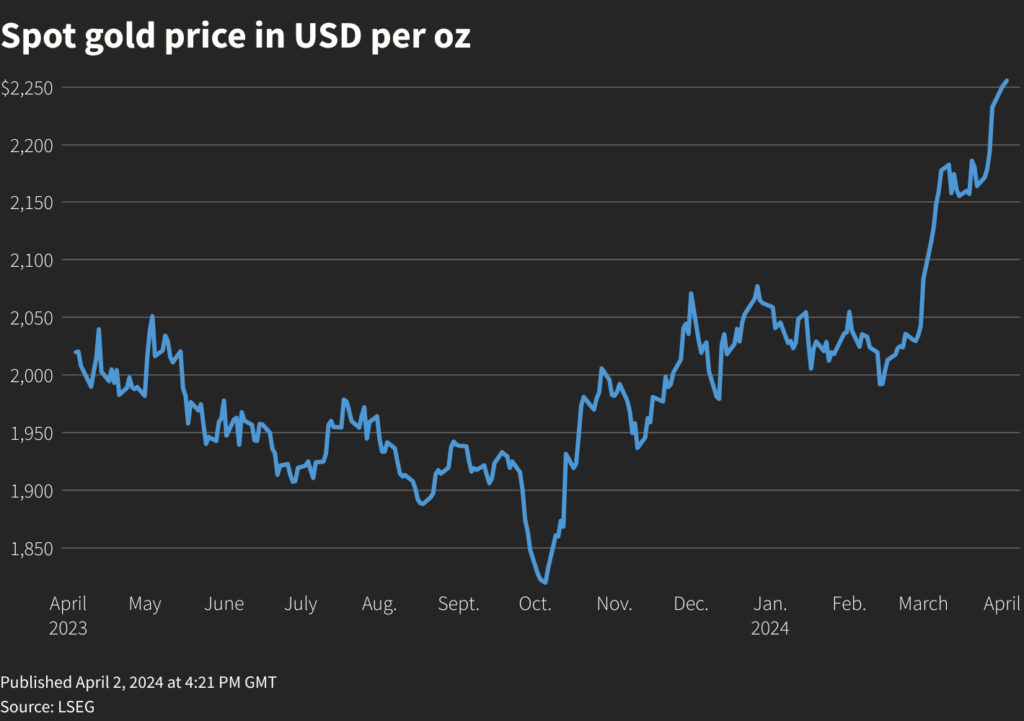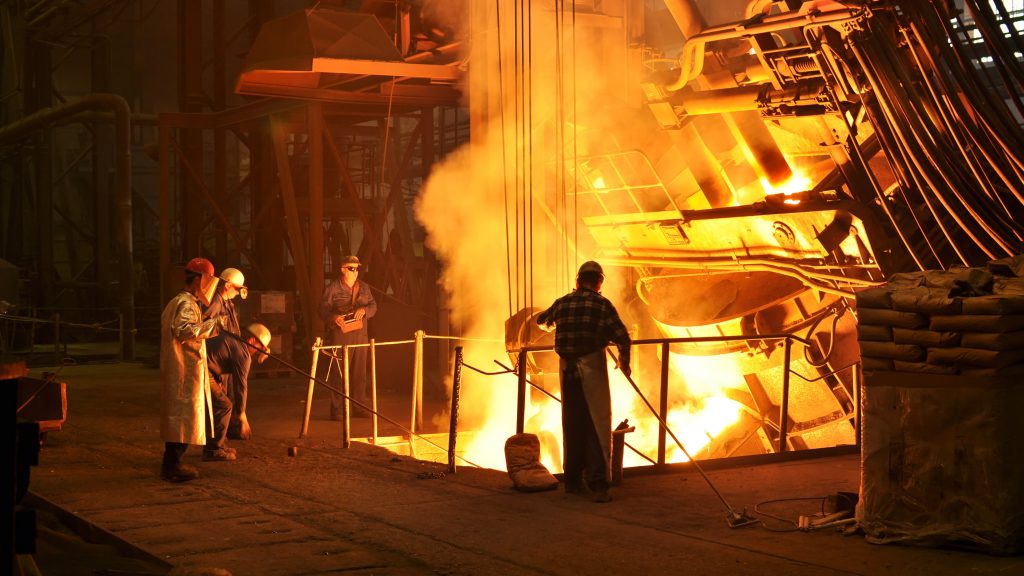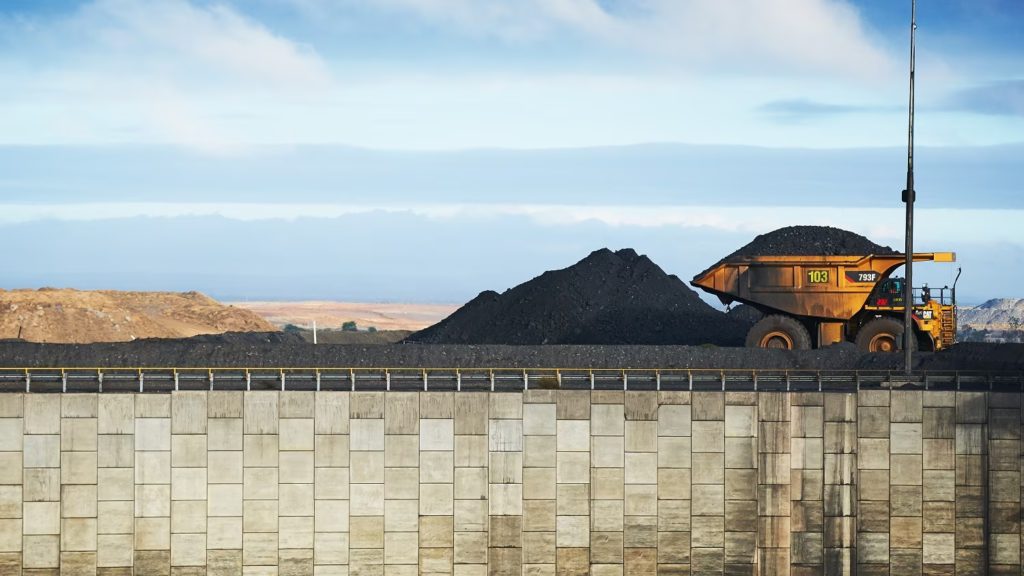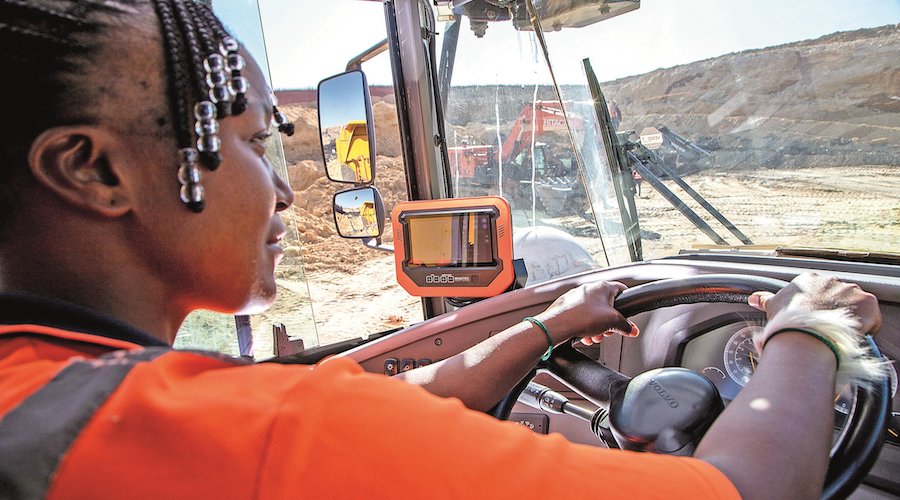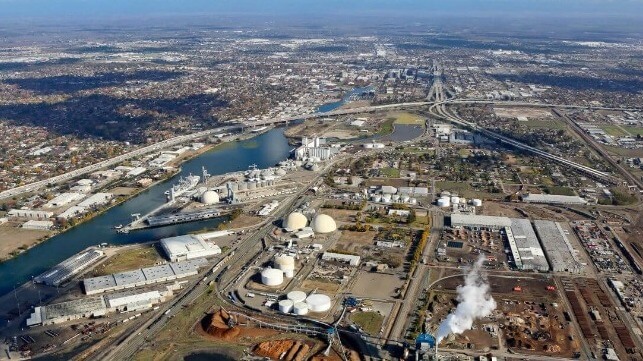Below please find summaries of new articles that will be published in the next issue of Annals of Internal Medicine. The summaries are not intended to substitute for the full articles as a source of information. This information is under strict embargo and by taking it into possession, media representatives are committing to the terms of the embargo not only on their own behalf, but also on behalf of the organization they represent.
----------------------------
1. More than 18,000 excess TB cases in the U.S. attributable to structural racism
Abstract: https://www.acpjournals.org/doi/10.7326/M23-2975
Editorial: https://www.acpjournals.org/doi/10.7326/M24-0548
URL goes live when the embargo lifts
A robust analysis of national tuberculosis (TB) surveillance data found continuing, persistent disparities in TB incidence among U.S.-born racial and ethnic minorities, despite an overall decrease in cases observed during the analysis period. The authors conclude that structural racism is largely to blame. The analysis is published in Annals of Internal Medicine.
While 72 percent of TB cases in the U.S. occur among foreign-born persons, social determinants of health affect TB incidence among those born in the country. Few studies have examined disparities in TB incidence rates specifically among the U.S.-born population.
Researchers from Harvard T.H. Chan School of Public Health and the Centers for Disease Control and Prevention (CDC) conducted a time-series analysis of U.S.-born persons diagnosed with TB stratified by race/ethnicity using national TB registry data for 2011 to 2021. They found that TB incidence ratios were 4.4 to 14.2 times higher for persons who self-identified as American Indian/Alaska Native, Asian, Black, or Hispanic compared with non-Hispanic White U.S.-born persons. Relative disparities were greater for females, younger persons, and TB attributed to recent transmission, but absolute disparities were greater for males. The index of disparity was estimated to be 82 percent for females and 71 percent for males, indicating greater relative racial/ethnic disparities in TB incidence among females than males. According to the authors, addressing these disparities in TB incidence is necessary for achieving health equity goals. Reducing barriers to TB prevention activities and ensuring that all persons have access to affordable and effective TB services are essential for accelerating progress toward population-level TB elimination.
The authors of an accompanying editorial from Emory University suggest that data from this analysis may offer insight into possible deployment of targeted efforts by city and state TB prevention and control programs. The data could also inform updated guidance on expanding early detection and care of groups with high risk for TB. The authors urge practitioners to promote culturally sensitive approaches to TB screening and early case detection and care to help overcome the prevailing racial/ethnic disparities.
Media contacts: For an embargoed PDF, please contact Angela Collom at acollom@acponline.org. To speak with the corresponding author, Yunfei Li, ScD, please contact yul049@mail.harvard.edu.
----------------------------
2. Even lower levels of albuminuria associated with increased risk for CKD progression and kidney failure
Abstract: https://www.acpjournals.org/doi/10.7326/M23-2814
URL goes live when the embargo lifts
A study of patients with chronic kidney disease (CKD) found substantial excess risk for CKD progression and kidney failure as albuminuria (protein in the urine) increased even at levels below 30 mg/g. These findings raise questions about the best time to start treatment to reduce protein in urine, and whether lowering albumin levels further could improve health outcomes in people with CKD who already have relatively low levels of albumin in their urine. The findings are published in Annals of Internal Medicine.
Albuminuria is a major risk factor for CKD progression, especially when categorized as moderate (30 to 300 mg/g) or severe (>300 mg/g). However, there are limited data on the prognostic value of albuminuria within the normal range.
Researchers from Boston University Chobanian & Avedisian School of Medicine studied 1,629 participants in the CRIC (Chronic Renal Insufficiency Cohort) study to estimate the increase in the cumulative incidence of CKD progression with greater baseline levels of albuminuria among persons with CKD who had normoalbuminuria (<30 mg/g). Levels of albumin and creatinine in urine samples were used to calculate UACR, an important marker of kidney health. The authors then looked at how this marker, along with other factors, was related to the progression of CKD over 10 years, considering potential factors that could influence the results. The data showed that participants who had higher levels of albumin in their urine were more likely to experience worsening kidney disease or kidney failure. Specifically, the 10-year absolute risk differences among persons with a UACR of 15 mg/g or more compared with persons with UACRs of 5 to less than 15 mg/g and 0 to less than 5 mg/g were 7.9 percent and 10.7 percent higher for CKD progression and 5.1 percent and 6.3 percent for kidney failure, respectively. These results remained robust when comparing persons with UACRs of 10 mg/g or more versus those with UACRs of less than 10 mg/g. The findings were independent of several covariates, including baseline kidney function.
Media contacts: For an embargoed PDF, please contact Angela Collom at acollom@acponline.org. To speak with the corresponding author, Ashish Verma, MB, BS, please contact asrivast@uic.edu.
----------------------------
3. Prediction model for SMM or worse may be used to defer bone marrow sampling in persons with MGUS
Abstract: https://www.acpjournals.org/doi/10.7326/M23-2540
URL goes live when the embargo lifts
Using a trial of persons with monoclonal gammopathy of undetermined significance (MGUS), researchers developed a prediction model that accurately predicts the presence of 10 percent or more bone marrow plasma cells (BMPC) and therefore a diagnosis of smoldering multiple myeloma (SMM) or multiple myeloma (MM) by bone marrow criteria in persons presumed to have MGUS. The study is published in Annals of Internal Medicine.
MGUS and SMM are asymptomatic precursor conditions to multiple myeloma and related disorders. Smoldering multiple myeloma is distinguished from MGUS by 10 percent or greater BMPC on sampling, has a higher risk for progression, and requires specialist management. An invasive bone marrow sample is required to distinguish between persons with presumed MGUS and SMM. A possible solution is to develop a model that uses commonly available laboratory parameters to predict the probability of SMM or worse.
Researchers from the University of Iceland developed a multivariable prediction model to predict if a person with presumed MGUS has 10% or greater BMPC may be eligible for a bone marrow sample using data from 1043 persons with IgG, IgA, light-chain, and biclonal MGUS detected by screening and an interpretable bone marrow sample. The authors found that the model accurately predicts the presence of 10 percent or more BMPC and therefore a diagnosis of SMM or MM by bone marrow criteria in persons presumed to have MGUS. According to the authors, their model has the potential to both decrease the number of persons unnecessarily exposed to this safe but invasive procedure by facilitating shared decision making, allowing for personalized care of MGUS by applying different risk thresholds depending on each unique case.
Media contacts: For an embargoed PDF, please contact Angela Collom at acollom@acponline.org. To speak with the corresponding author, Elías Eyþórsson, MD, PhD, please contact elias.eythorsson@gmail.com.
----------------------------
4. Little guidance exists for treating inpatients with asymptomatic high blood pressure
Abstract: https://www.acpjournals.org/doi/10.7326/M23-3251
URL goes live when the embargo lifts
A systematic review of 14 clinical practice guidelines found that guidance on inpatient management of elevated blood pressure (BP) without symptoms is lacking. According to the authors, this lack of guidance may contribute to variable practice patterns. The review is published in Annals of Internal Medicine.
Management of elevated blood pressure (BP) during hospitalization varies widely, with many hospitalized adults experiencing BPs higher than those recommended for the outpatient setting. The benefits of intensive inpatient antihypertensive treatment have not been demonstrated, and there are no randomized trials of inpatient BP management.
Researchers from Beth Israel Deaconess Medical Center, Harvard Medical School, University of California San Francisco, and the University of Pittsburgh conducted a systematic review of 14 clinical practice guidelines for inpatient management of elevated BP without symptoms. Of these guidelines, 11 provided broad BP management recommendations, and 1 each was specific to the emergency department setting, older adults, and hypertensive crises. The authors found that recommendations focused on management of hypertensive emergencies and did not discuss transitional management of BP upon discharge. In contrast to the paucity of inpatient recommendations, the authors found that guidelines consistently specified outpatient BP goals, thresholds and preferred classes for pharmacologic treatment, and follow-up duration and provided recommendations specific to patients with various comorbidities and geriatric conditions. According to the authors, there is an urgent need for pragmatic clinical trials to fill knowledge gaps for the management of elevated BP in hospitalized adults as well as a need for the development of inpatient BP clinical decision-making frameworks that address the unique issues posed by hospitalization and care transitions.
Media contacts: For an embargoed PDF, please contact Angela Collom at acollom@acponline.org. To speak with the corresponding author, Timothy S. Anderson, MD, MAS, please contact Elaine Vitone at vitoneeg@upmc.edu.
----------------------------
JOURNAL
Annals of Internal Medicine
METHOD OF RESEARCH
News article
SUBJECT OF RESEARCH
People
ARTICLE TITLE
Disparities in Tuberculosis Incidence by Race and Ethnicity Among the U.S.-Born Population in the United States, 2011 to 2021
ARTICLE PUBLICATION DATE
2-Apr-2024


